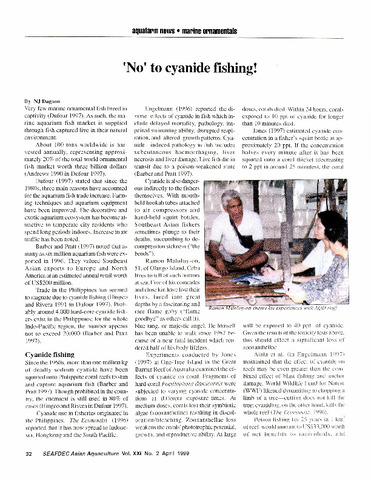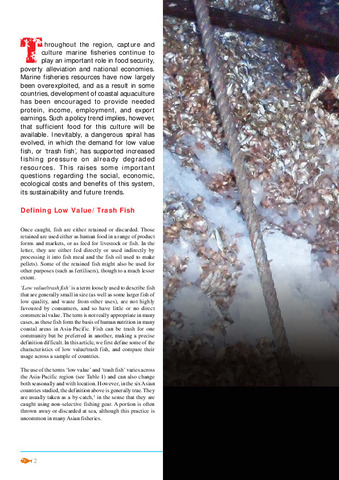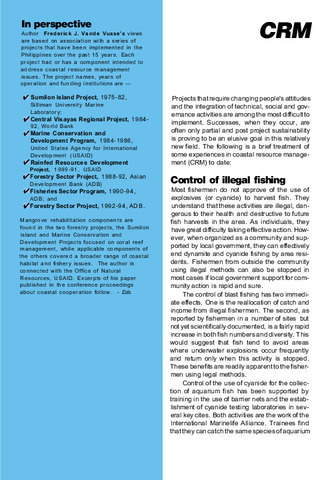Demographic Survey of Fishing Communities in Thailand: Chumphon Province
Share
Abstract
The objective of the survey is to have obtained targeted village data and information for understanding demography of the village and making a full use of the data and information for the project implementation. The sites of the survey are Ban Thongkrog Village and Ban Ko Pitak Village. The result of the survey illustrated that the fishing communities will become elder society in accordance with respondents have age between 40-50 years old and higher than 50 years old. Major and supplementary sources of income are fisheries and agricultural sectors. Local respondents can earn daily income from fishing operation. Fishing capacities are fishing boat length related to engine and fishing gears indicated local respondents as small-scale fishers. At Ban Ko Pitak Village, value chain of fisheries sector can create additional income by means of home-stay execution. This creative activity helps reducing a pressure to aquatic resource, but entertaining tourists by experiencing in diving, fishing and observing fishing operation. To sustain fisheries sectors as major and supplementary source of income, the philosophy of sufficiency economy should be introduced and applied into the sectors. Particular a means of reasonable and moderate of resource use should be placed top priority guiding to the fishing communities in order to massively and optimistically enhance aquatic resources for longer utilization and security of livelihood.
Suggested Citation
Suanrattanachai, P., & Tiaye, R. (2010). Demographic Survey of Fishing Communities in Thailand: Chumphon Province. Training Department, Southeast Asian Fisheries Development Center.
Subject
Collections
- SEAFDEC/TD [85]
Related items
Showing items related by title, author, creator and subject.
-
'No' to cyanide fishing!
Dagoon, N. J. (Aquaculture Department, Southeast Asian Fisheries Development Center, 1999) -
Prized commodity: Low value/trash fish from marine fisheries in the Asia-pacific region
Staples, Derek; Funge-Smith, Simon (Secretariat, Southeast Asian Fisheries Development Center, 2005)The use of the terms 'low value' and 'trash fish' varies across the Asia-Pacific region and can also change both seasonally and with location. This article defines low value/trash fish as 'Fish that have a low commercial ... -
CRM in the Philippines: Lessons learned
Southeast Asian Fisheries Development Center, Aquaculture Department (Aquaculture Department, Southeast Asian Fisheries Development Center, 1996)Philippine coastal communities can become capable fishery resource managers and that their management practices can become largely self-sustaining if the project approach focuses on assisting fishermen to learn how to help ...





